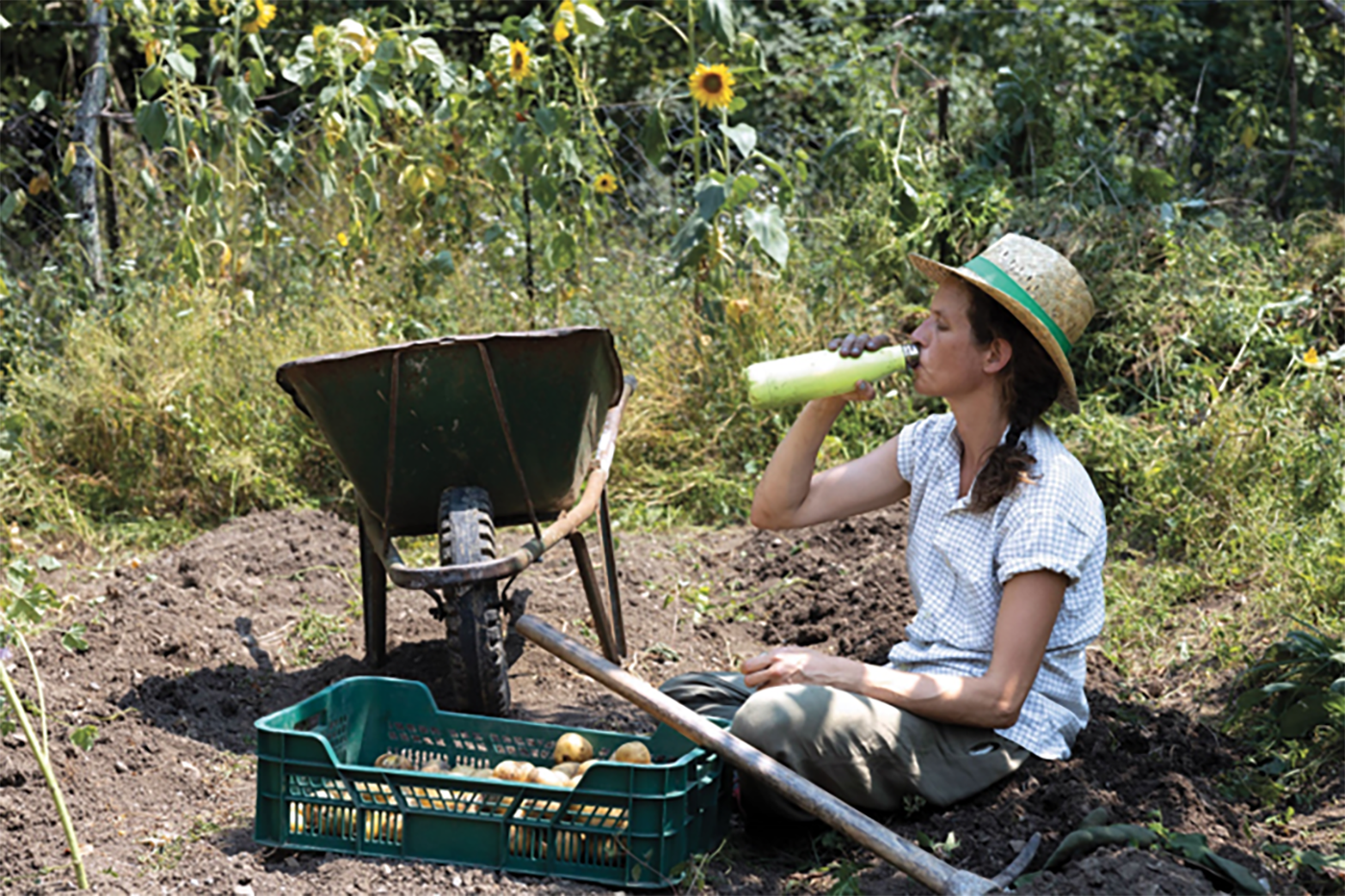Protecting workers from wildfire smoke and heat stress
Summers are becoming hotter and drier in much of B.C., increasing the frequency and intensity of wildfires. Wildfire smoke presents a risk to workers everywhere — whether they work indoors or outside.
By Michael Laycock
“As an employer, you should always take steps to reduce worker exposure to wildfire smoke as much as possible,” says Suzana Prpic, director of Prevention Field Services at WorkSafeBC.
Wildfire smoke contains gases, chemicals, and fine particles that can penetrate deep into the lungs and even enter the bloodstream. Inhaling fine smoke particles is linked to the onset of lung and heart disease. Wildfire smoke can also aggravate pre-existing conditions such as asthma.
The potential health risks from working in environments affected by wildfire smoke depend on factors such as:
- The level and duration of exposure
- The amount of physical exertion involved in the work
- Personal factors, such as certain health conditions
While there are no specific exposure limits in B.C. for wildfire smoke, there are exposure limits for some of its components. For this reason, wildfire smoke should be considered a hazardous substance.
“To best protect your workers, start with a risk assessment for your worksite that considers this hazard,” Prpic says. “The best time to do this is before wildfire season starts.”
Consider the following in your risk assessment:
- Your worksite’s location and weather
- The types of tasks your workers are expected to perform
- Emergency preparedness and response plans, including site-evacuation plans that might be required
Engage your workers in the ongoing evaluation of wildfire smoke risks, and use the results of your risk assessment to determine the most effective control measures. During the wildfire season, review the risk assessment daily before work begins and periodically during the day, as conditions may change and you may need to adjust your plans.
If you employ outdoor workers, consider the following control measures:
- Follow air quality advisories and alerts for your area. Look for ways to relocate work to less smoky areas or reschedule it until the air quality improves.
- Reduce workers’ level of physical activity in smoky conditions when possible.
- Temporarily assign alternative work for workers who are more susceptible to health effects from smoke.
Depending on the level of wildfire smoke and the work activities being performed, respirators may be an appropriate control measure. Respirators must meet the applicable standards and be properly fit-tested.
If you employ indoor workers, consider the following control measures:
- Inspect your heating, ventilation, and air-conditioning (HVAC) system to make sure it works properly and its air filters are clean.
- Temporarily reduce the intake of outdoor air. This should only be done in consultation with a qualified HVAC technician or ventilation engineer.
- In smaller areas, use portable air cleaners with effective filters to reduce indoor particle levels.
Ask workers who drive for work to keep the vehicle’s vents and windows closed and, if available, operate the air conditioning in “recirculate” mode.
For more information, see our Wildfire smoke FAQ.
Preventing heat stress
Another workplace risk to be aware of at this time of year is heat stress. When summer temperatures soar, workers’ bodies may heat up faster than they can cool off, and workers may experience heat stress. If not recognized and treated early, heat stress can lead to serious heat-related illnesses.
Certain health problems make workers more sensitive to both smoke and heat. In such cases, workers typically feel the adverse health effects from heat before they feel the effects from smoke exposure.
For information on what employers and workers can do to prevent heat stress, see our safety talk in last summer’s edition of WorkSafe Magazine, as well as our Heat stress webpage.
This information originally appeared in the Summer 2024 issue of WorkSafe Magazine. To read more or to subscribe, visit WorkSafe Magazine.

